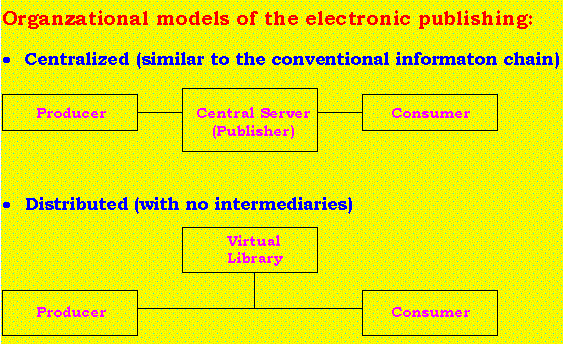

UnCover
UnCover is an online article delivery service, a table of contents database, and
a keyword index to nearly 17,000 periodicals.
SeqAnalRef: Sequence analysis bibliographic reference database
SeqAnalRef is a bibliographic reference data bank relative to papers dealing
with sequence analysis. This data banks stores the references of articles from
the expanding field of mathematical and computer analysis of biomolecular
sequences
Search of the molecular biology subset of MEDLINE
BioMedNet: The World Wide Club For Biomedical Scientists On The Internet
BioMedNet's Library offers members access to one of the world's largest
collections of journals, monographs, books and databases, covering all areas of
clinical medicine and modern biology. (Commercial)
Complexity International
An Electronic Journal of Complex Systems Research
Journal of Biological Chemistry
Journal of Computer-Aided Molecular Design
GenBank
GenBank is the NIH genetic sequence database, a collection of all known
nucleotide and protein sequences including supporting bibliographic and
biological information. Entries include a concise description of the sequence,
scientific name and taxonomy of the source organism, and a table of features
specifying coding regions and other sites of biological significance.
The EMBL Nucleotide Sequence Database
The EMBL Nucleotide Sequence Database is a comprehensive database of DNA
and RNA sequences collected from the scientific literature and patent
applications and directly submitted from researchers and sequencing groups.
PIR - The Protein Information Resource
The Protein Identification Resource consists of an integrated computer system
composed of a number of protein and nucleic acid sequence databases and
software designed for the identification and analysis of protein sequences and
their corresponding coding sequences.
SWISS-PROT: Annotated protein sequence database
SWISS-PROT is a curated protein sequence database which strives to provide a
high level of annotations (such as the description of the function of a protein,
its domains structure, post-translational modifications, variants, etc), a
minimal level of redundancy and high level of integration with other databases
PROSITE: Dictionary of protein sites and patterns
PROSITE is a method of determining what is the function of uncharacterized
proteins translated from genomic or cDNA sequences. It consists of a database
of biologically significant sites, patterns and profiles that help to reliably
identify to which known family of protein (if any) a new sequence belongs.
NRL_3D
NRL_3D is a sequence--structure database derived from the 3 dimensional
structure of proteins deposited with the Protein Data Bank.
PDB - Protein Data Bank
The Protein Data Bank is an archival computer database of three-dimensional
structures of biological macromolecules. The database contains atomic
coordinates, bibliographic citations, primary sequence and secondary structure
information, as well as crystallographic structure factors and 2D-NMR
experimental data. Information is available on protein, DNA, RNA, virus and
carbohydrate structures.
The HSSP database
HSSP (homology-derived structures of proteins) is a derived database merging
structural (2-D and 3-D) and sequence information (1-D). For each protein of
known 3D structure from the Protein Data Bank, the database has a file with
all sequence homologues, properly aligned to the PDB protein.
The DSSP program and database
The DSSP database is a database of secondary structure assignments (and
much more) for all of the entries in the Protein Data Bank (PDB).
The FSSP database
FSSP (families of structurally similar proteins) is a database of structural
alignments of proteins in the Protein Data Bank (PDB). Each data set contains
structural alignments of one search structure with all other structurally
significantly similar proteins in the representative set
GCRDb-WWW
The G protein-Coupled Receptor DataBase
3D_ALI
The 3D_ALI databank is a collection of data which merges protein structural
and sequence information. Structural superpositions amongst proteins with
similar main-chain fold were performed or collected from the literature.
BioMagResBank
The BioMagResBank database contains NMR chemical shifts derived from
proteins and peptides, reference data, amino acid sequence information, and
data describing the source of the protein and the conditions used to study the
protein.
BMCD: Biological Macromolecule Crystallization Database
The Biological Macromolecule Crystallization Database (BMCD) contains
crystals data and the crystallization conditions, which have been compiled from
literature. BMCD include data on proteins, protein:protein complexes, nucleic
acid, nucleic acid:nucleic acid complexes, protein:nulceic acid complexes, and
viruses.
QUEST 2D gel protein databases
SWISS-2DPAGE: Two-dimensional polyacrylamide gel electrophoresis database
SWISS-2DPAGE contains data on proteins identified on various 2-D PAGE
reference maps. User can locate these proteins on the 2-D PAGE maps or
display the region of a 2-D PAGE map where one might expect to find a protein
from SWISS-PROT.